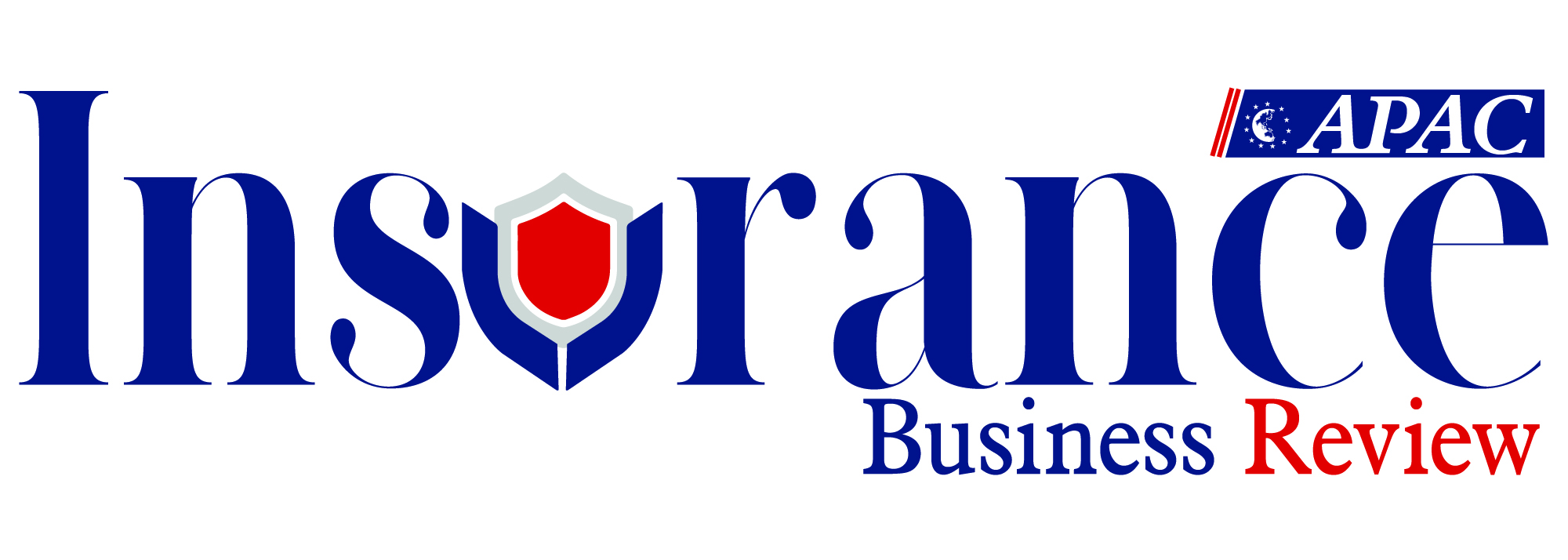Thank you for Subscribing to Insurance Business Review Weekly Brief
The Pivotal Role Of Insurance In Bolstering Community Resilience
Community resilience is the bedrock of societal strength in modern challenges, signifying a society's capacity to navigate and rebound from adversities.

By
Insurance Business Review | Tuesday, January 21, 2025
Stay ahead of the industry with exclusive feature stories on the top companies, expert insights and the latest news delivered straight to your inbox. Subscribe today.
Insurance is a fundamental catalyst in fortifying community resilience, primarily by providing a robust financial shield against various risks.
FREMONT, CA: Community resilience is the bedrock of societal strength in modern challenges, signifying a society's capacity to navigate and rebound from adversities. With the ever-looming threats of natural calamities, economic downturns, and global health crises, cultivating resilience has become imperative for the sustained growth and stability of individuals, households, businesses, and governments.
Insurance is a fundamental catalyst in fortifying community resilience, primarily by providing a robust financial shield against various risks. Its protective umbrella reduces the vulnerability of people and businesses, preventing them from plunging into poverty or succumbing to insolvency in the face of unforeseen setbacks. Such protective measures stabilize the social fabric and sustain economic vitality, even after severe shocks.
Beyond its financial role, insurance assumes an active stance in fostering risk reduction and prevention strategies. For instance, insurers may incentivize policyholders to adopt risk-mitigating measures, like fortifying structures against storms or seismic activities, by offering premium discounts. Moreover, they may impart educational resources and training sessions, equipping policyholders with the knowledge to effectively comprehend and manage potential risks.
Concrete illustrations underscore the instrumental role of insurance in upholding community resilience:
1. Natural disasters: Insurance aids in recuperating from financial losses inflicted by catastrophic events such as hurricanes, floods, and earthquakes, thereby curbing the dependency on government aid and expediting the reconstruction process.
2. Economic downturns: By providing a safety net, insurance ensures individuals can sustain their financial stability during economic downturns. Unemployment insurance serves as a buffer, enabling individuals to meet their basic needs during job loss.
3. Pandemics: Insurance facilitates recovery from the economic fallout of pandemics. Notably, business interruption insurance assists businesses in covering fixed costs during periods of closure prompted by pandemics.
Apart from its role in financial protection and risk reduction, insurance cultivates a culture of trust and collaboration within communities. The assurance of shared risk coverage fosters a sense of solidarity among individuals and businesses, spurring mutual assistance during turbulent times.
In essence, the multifaceted contributions of insurance to community resilience encompass financial protection and risk mitigation and the cultivation of trust and collaboration. To further bolster community resilience, insurance companies can undertake the following initiatives:
1. Rendering insurance more accessible and affordable for all segments of society by devising innovative products tailored to the needs of low- and middle-income individuals and businesses.
2. Amplifying the dissemination and training programs focusing on risk reduction and prevention empowers individuals to make informed decisions for a more resilient society.
3. Investing in social impact initiatives, including bolstering programs centered on financial literacy, disaster preparedness, and community resilience.
Through these strategic actions, insurance companies can actively spearhead the charge toward nurturing a more resilient society, thereby fortifying the foundation of social strength and adaptability.
More in News






